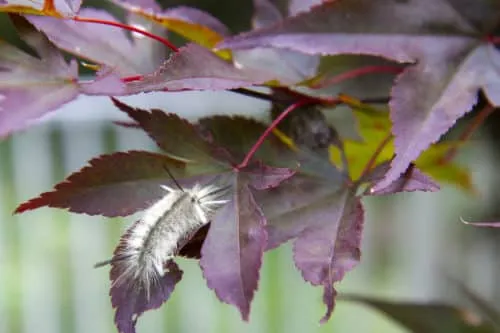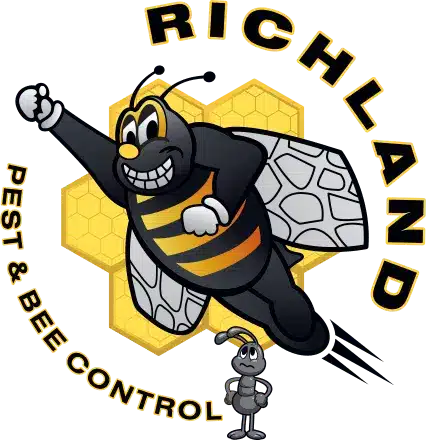Table of Contents
ToggleIf you’ve spotted a fuzzy white caterpillar crawling on your porch or garden, you might be wondering what exactly you’re looking at and whether it’s safe to touch. Many people search for fuzzy white caterpillar identification to figure out whether the caterpillar is dangerous or harmless. One of the most commonly mistaken species is the White Hickory Tussock Moth Caterpillar, known for its striking appearance and hidden dangers.
The key to identifying a fuzzy white caterpillar is to look for distinct patterns, hairs, and color contrasts. In the case of the White Hickory Tussock Moth Caterpillar, its long white hairs, black stripe down its back, and black tufts at both ends are telltale signs. This species is frequently confused with other white or fuzzy caterpillars, but correct identification is important due to its venomous defense hairs.
This Canadian native can be found throughout New England and as far south as the Carolinas. Although it may look cute and harmless, the fuzzy hairs on this caterpillar contain venom and can cause an itchy rash if touched.
The white hickory tussock moth caterpillar is most active during the warmer months and poses seasonal risks to outdoor enthusiasts and pet owners alike
The White Hickory Tussock Moth Caterpillar is fuzzy and mostly white, with a black stripe down their spine and two longer black hairs on each end. The hairs are barbed on the ends, so they may leave venomous hairs embedded in your skin if you brush up against one. Its distinctive white and black coloration helps distinguish it from other less harmful caterpillars.
Although it is relatively harmless, some people can have an allergic reaction to the caterpillar’s “sting,” so it’s best to leave them alone. If touched, the caterpillar’s venomous hairs can cause mild to severe skin irritation depending on an individual’s sensitivity.
If you do come in contact with one and develop a rash, make sure to wash it with soap and warm water. After cleaning it, it can usually be treated at home with ice for swelling and calamine lotion for itching. You may also want to take an antihistamine to help relieve any symptoms.
If your reaction is severe, seek medical attention right away. Symptoms that require medical care may include excessive swelling, difficulty breathing, or persistent nausea.

Make sure to keep your pets away from these caterpillars as they can also experience a reaction if they come into contact with them, which can be especially harmful if swallowed. Ingestion of venomous caterpillar hairs by pets can lead to serious internal reactions requiring urgent veterinary care.
Also keep a close eye on children when playing outside as reactions can be more common in young kids. Children’s skin is more sensitive, making them particularly vulnerable to the caterpillar’s irritants.
The caterpillar’s are mostly commonly seen between June and September and they will spend their days eating foliage and preparing for their upcoming transformation.
During this stage, they consume a wide variety of deciduous plants including willow, oak, and birch leaves. They will then create their cocoons, where they will stay safe and hidden until they emerge as moths in the spring.
The transformation process, known as metamorphosis, ensures their survival through the winter months.
Richland Pest and Bee Control was established in 1977. We have one of the longest running businesses for pest control in CT. Richland Pest and Bee Control is a full-service professional Connecticut pest control company and bee removal service licensed by the State of Connecticut in various pest control categories.

Richland Pest & Bee Control is a family-owned pest management company serving Connecticut and Western Massachusetts for over 40 years. Known for their expertise and 5-star customer service, they offer reliable solutions for stinging insects, rodents, and other pests, ensuring homes and businesses stay pest-free.